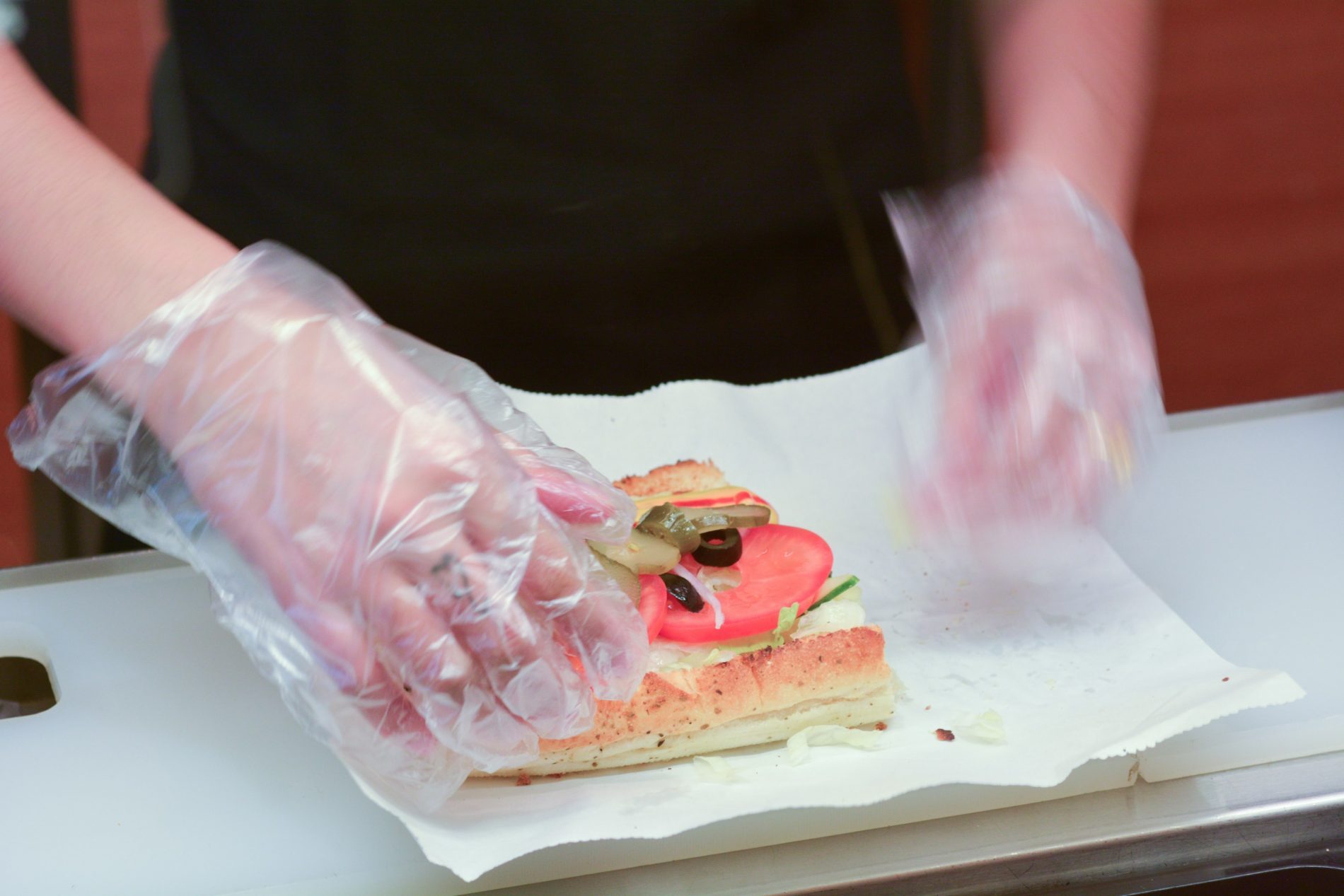What are you eating? Do you really have any idea what you are buying when you whip into a fast food restaurant?
CBC’s Marketplace recently had chicken from 5 fast food restaurants DNA tested to see what is actually in their chicken.
If you can believe it, DNA tests on Subway’s Oven Roasted Chicken show that just 53.6 per cent was chicken! The majority of the remaining DNA was soy.
Two major red flags are waving here.
1. What else is the company hiding in their products?
2. What if someone was allergic to soy and unknowingly eating it in a piece of chicken?! Additionally, regular consumption of soy can wreak havoc on the hormonal system.
Subway states that “Our recipe calls for one per cent or less of soy protein in our chicken products.” This is still quite concerning for those of us who like to know what we are actually consuming.
• A&W Chicken Grill Deluxe averaged 89.4 per cent chicken DNA
• McDonald’s Country Chicken – Grilled averaged 84.9 per cent chicken DNA
• Tim Hortons Chipotle Chicken Grilled Wrap averaged 86.5 per cent chicken DNA
Wendy’s Grilled Chicken Sandwich averaged 88.5 per cent chicken DNA
Each restaurant’s chicken actually averaged approximately 15 ingredients per piece of chicken.
How is this even possible? Isn’t chicken supposed to be just chicken?
These restaurant chains are actually serving meat that has been “restructured”.
Restructured products are smaller pieces of meat or ground meat that are bound together with other ingredients to make them last longer, taste better and ‘add value’ – i.e. – to make them cheaper.
The ingredients can include simple items like salt, honey or onion powder, as well as shocking industrial ingredients. They most likely also contain transglutaminase, which is meat glue. Yes – glue to hold together scraps of meat to bind them into a new form for consumption.
What is the Solution?
Plan ahead and bring your own food when you’re on the road, or when you go to work. It’s much cheaper to eat food that you prepare yourself, and you will also have a better idea as to what you are eating! Here is a quick recipe to make your own delicious chicken wrap that is actually 100% chicken, instead of just half!!
RECIPE: Savoury 100% Chicken Wrap – Great for Lunches
Slice 3 organic chicken breasts into strips and bake or fry ahead of time. (this will make several lunches for a few days for yourself or a day of lunches for your family)
Grab a whole wheat wrap and spread hummus onto it.
Place a large lettuce leaf in the middle.
Add sliced tomato, cucumber and onions.
Add your chicken slices.
Sprinkle with pepper and wrap it up!
Hold it together with a tooth pick and you’re out the door!
Whenever possible, avoid fast food by planning ahead and bringing your own food. Take control of your health and empower yourself by being proactive about your meal choices!
With Sources from:
http://www.ctvnews.ca/sci-tech/meat-glue-an-ingredient-to-fear-or-cheer-1.855985
http://www.cbc.ca/news/business/marketplace-chicken-fast-food-1.3993967
Jo-Anne Richardson has almost a decade of experience managing a chiropractic office and educating patients on how chiropractic can allow your body to express optimal health. She is a Registered Holistic Nutritionist and holds a Degree in Communications. She loves to experiment with raw vegan recipes, loves to salsa dance, travel and learn new holistic health information to share tips with everyone who visits the office.




